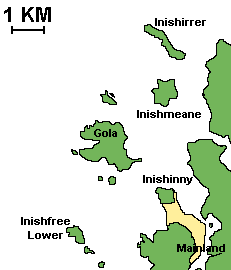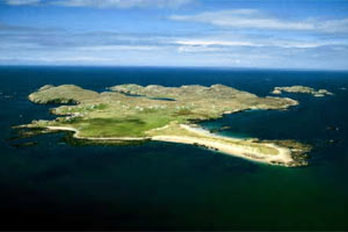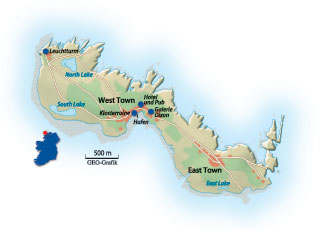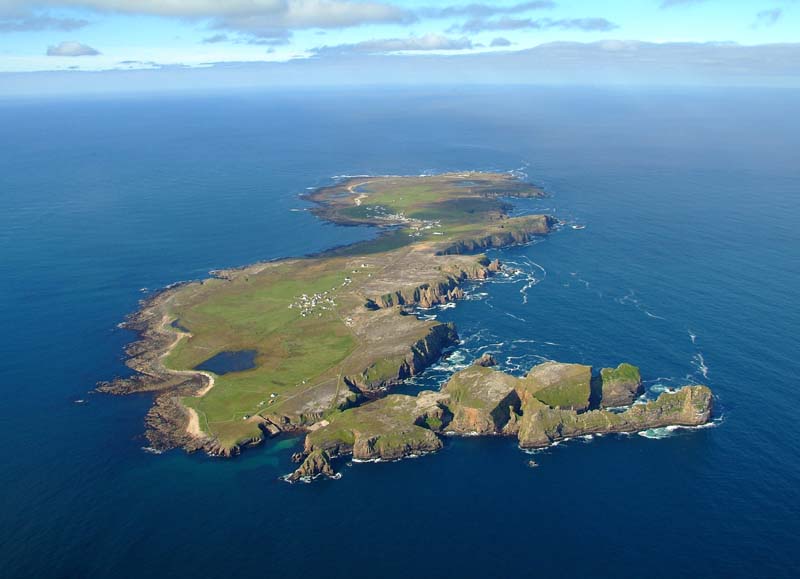BlogStories, Research & Projects
|
"An Cailín Rua"An Cailín Rua talks of a man who is smitten by a red-haired girl. He travels around all of Ireland with her, spending lots of money on butter, on ribbons, and on shoes for her. Then, in the last verse, we find out that she leaves him for a shop-boy in the west of Ireland. Maybe because he could get her a discount!
And so here you can hear two versions of this lovely little song. Above is a very 1990s - and very cool - version by Aoife Ní Fhearraigh. The other, below, is an infamous interpretation by Skara Brae, which was first recorded in 1971. Skara Brae is considered to be the first Irish traditional group to add homophonic harmonies in to single-line Irish melodies. Quite the reputation.
0 Comments
In February 2015, Dónal travelled to the USA as a member of Anúna, together with composer Michael McGlynn and sean-nós singer Éabha McMahon, to present at the world-famous American Choral Directors Association (ACDA) National Conference in Salt Lake City, Utah. At the event, he spoke about the Donegal sean-nós song, Coinleach Glás an Fhomhair. In an infamous version of the song by Clannad, Moya Brennan sings only the first three verses (find the lyrics below). You can hear Dónal's live performance at ACDA - singing the first two verses only - by clicking here. Enjoy! I first sang this song about ten years ago with Cór na nÓg Caisleán Ruairí under the direction of Siubhán Ó'Dubháin. That group of young people taught me so much about singing. With the incredible, natural voices of everyone involved - all boys and girls local to Rostrevor, County Down - I was surrounded by talent and (more importantly) a total love for music-making. We toured to Wales, Malta and Spain together and I had some of the most rewarding musical experiences of my young life with these singers. Siubhán's boundless creative energy taught us so much and I am still reaping the benefits. Coinleach Glás an Fhomair is a traditional song from County Donegal, sung in the Irish language. A young man sings of a girl he once saw "on the green-stubble fields of Autumn". He paints a picture of her rosy cheeks and little feet as he remembers her that day, and wishes that they could be together. In the second verse, the narrator expresses his jealousy of others who may share his interest in the same girl. The mention of the King of Spain sets the song, in my opinion, in the 18th century - around the time of the "Flight of the Wild Geese". After the Williamite victory over the Jacobite rebellion at the Battle of the Boyne on 12 July 1690, the Jacobite leader, King James, returned to France. The rebellion had sought to bring about the return of the Scottish Stuarts, from James II to his grandson Prince Charles Edwards (aka. Bonny Prince Charlie, ‘The Young Pretender’), to the throne of England. In 1691, the Irish Jacobite army departed Ireland’s shores for France, as had been agreed in The Treaty of Limerick in what became known as the “Flight of the Wild Geese”. Until 1730, thousands of so-called “Wild Geese” soldiers left Ireland to fight in continental armies (mainly in France and Spain), marking the demise of the Jacobite movement in Ireland. Thus, perhaps from Spain, the narrator looks back to Gweebarra, which places the song in the Gaeltacht region of western Donegal. The metaphor of a swan is introduced in the third and fourth verses. Often in sean nós songs, imagery of the landscape, animals and other natural elements is employed to signify human emotions. For instance, the cuckoo or the blackbird have been used in many songs to symbolise profound sorrow. In this song, the swan can be seen to illustrate the purity of the lovers' relationship. This is perhaps because they have never actually kissed. In the final, heartbreaking verse, the narrator hears that the young woman is set to marry. He pleads with her. Perhaps the first time he saw her was the previous Autumn, one year before. He promises that he will love her, and urges her to reciprocate. We are told that she wrote to him about her love for him - "go rabh a croí istigh i lár mo chléibh" (her heart is in his chest), so there is a sadness when we learn that she will marry another young man, which is compounded by the fact that he probably heard this devastating news in the form of gossip. The song leaves us wondering the circumstances of the woman's new marriage. Just as the narrator is left to wonder for himself.
Amhráin gaelach tradisiúnta #3This is a children’s song originating from the Donegal Gaeltacht in the north-west of the county. The song tells the story of a small boat owned by a man called Feilimí (Phelim) on a journey to Gola Island, and subsequently to Tory Island, off the coast of Donegal. The song tells the story of Feilimí Cam Ó Baoill, a chieftain of the Rosses, West Donegal in the 17th century. He had to take to the Islands off Donegal to escape his archenemy Maolmhuire an Bhata Bhuí Mac Suibhne. At first, Feilimí sailed to Gola island, which is less than two kilometres off the coast of Gaoth Dobhair. Tory Island was more inaccessible and isolated than Gola island, which is reason enough for Feilimí’s decision to sail beyond Gola onwards to Tory Island. It would provide for a safer refuge. However, Feilimí’s little boat was not sturdy enough and he never survived the journey. Words
Since the 1960s, Gola island (pictured above) has been uninhabited by humans. And to this day, the proud people of Tory Island (below) boast their very own native King! “This remote island, two and a half miles long and three quarters of a mile wide, withstands the full fury of the North Atlantic winter to blossom once again in the soft summer sunlight." Typical of many children’s stories, Baidín Fheilimí is a dark tale; effectively a boat chase, leading to the desperate decision to try to find a better hiding place… and, ultimately, the death of our chieftain hero below the wild Atlantic waves.
|
AuthorDónal Kearney Categories
All
Archives
February 2018
|




